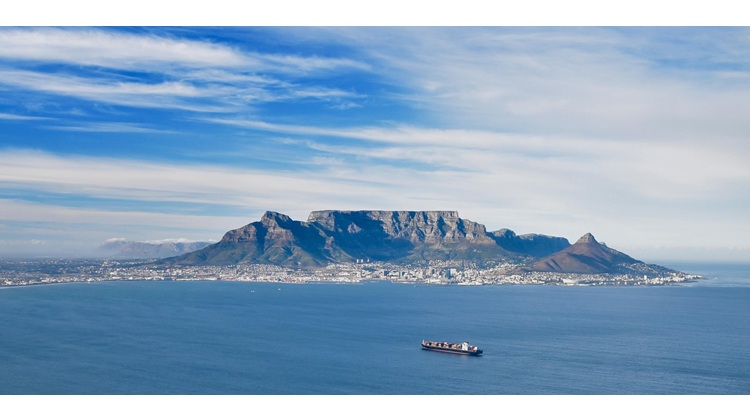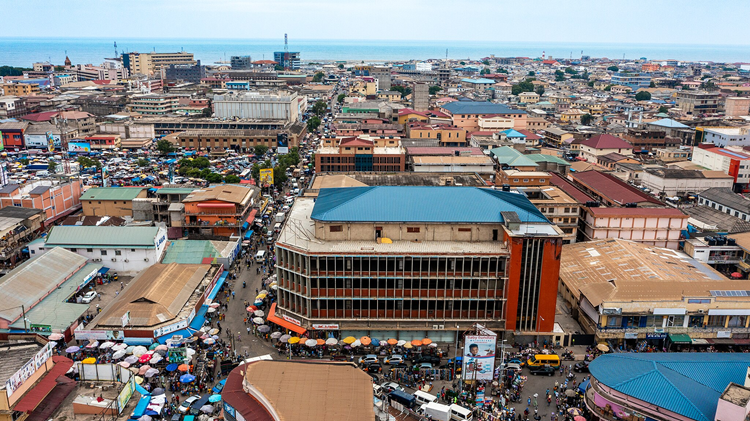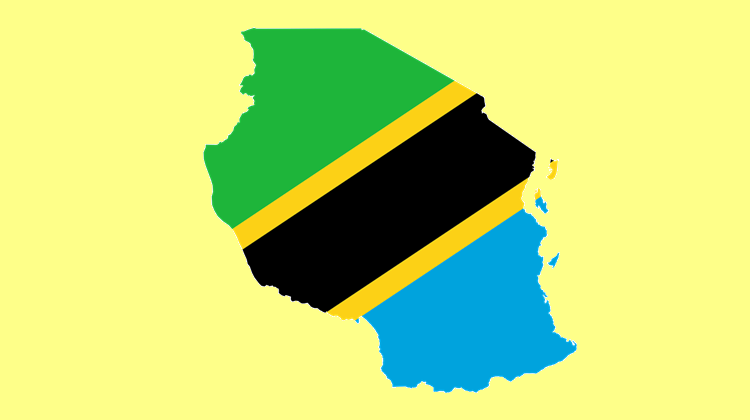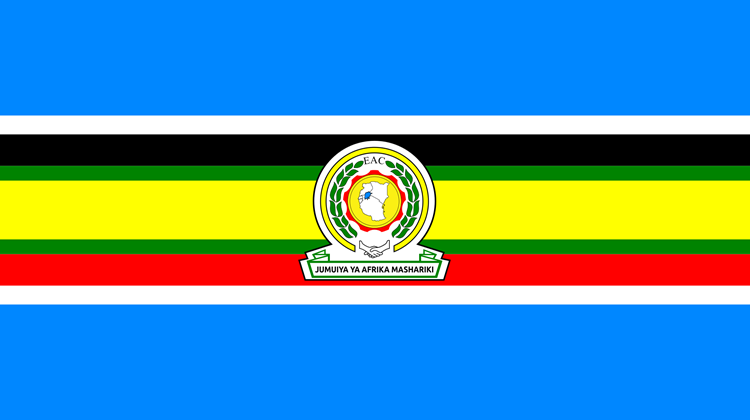Turning diamonds into development

Botswana’s effective governance shifted a potential “resource curse” into a model for how Africa’s resource wealth can drive development.
The “resource curse” or “paradox of plenty” affects many resource-rich African countries. In many cases, natural resources fuel weak institutions, corruption, conflicts and economic stagnation in these countries. However, Botswana stands out as a remarkable counterexample. At independence in 1966, Botswana was one of the world’s poorest countries, with limited infrastructure, a weak health system and a small educated population. Nevertheless, the country successfully harnessed its diamond wealth to achieve upper-middle-income status, which it has maintained for nearly two decades.
Resource endowments are meant to build nations, but in many African countries, they entrench fragility
This success stemmed from deliberate policy decisions, grounded in institutional reforms, transparent resource management and long-term planning. Botswana’s experience demonstrates that natural resources can drive broad-based economic development, but this is only possible with effective governance in place.
When diamonds were discovered in the late 1960s, Botswana faced risks similar to those that plagued other African resource-rich countries, such as capture by political elites, misallocation of revenues and overdependence on volatile global markets. Instead, the country established a governance framework that ensured diamond wealth would serve national priorities.
Botswana has a solid history of fiscal stewardship designed with transparency at its core. Diamond revenues were strategically channelled into sustainable development-oriented public investment through the “sustainable budgeting principle”, limiting off-book budget spending. Diamond mining became the backbone of the economy, contributing over one-third of fiscal revenue, approximately one-quarter of GDP and about 80% of exports.
Education became a cornerstone of development, with universal primary education and significant investments in secondary and tertiary training equipping Batswana for the modern economy. Health systems also expanded rapidly, as diamond revenues financed hospitals, clinics and public health campaigns that established the foundation for a healthier workforce. Infrastructure investment also accelerated, with roads, telecommunications and electricity networks linking communities and improving productivity.
By directing diamond wealth into these sectors, Botswana avoided the so-called “white elephant projects” that have weakened many resource-dependent African countries. Instead, it built human capital and productive infrastructure, multiplying the impact of its natural endowments.
The country also established a robust legal framework that safeguarded property rights and reassured investors. Democratic institutions, supported by parliamentary oversight, acted as effective checks on executive authority, while an independent judiciary reinforced the rule of law.
Democratic institutions and parliamentary oversight checked executive power, while an independent judiciary upheld the rule of law
Most importantly, successive National Development Plans ensured that diamond revenues were invested strategically, with discipline and predictability. This approach attracted sustainable, transparent and development-oriented foreign investment and amplified its positive impact on the country’s growth and development.
However, Botswana’s development path was neither inevitable nor without challenges. Heavy reliance on diamond exports has left the economy exposed to global price shocks, while poverty, measured at the US$6.85 per day threshold for upper-middle-income countries, and persistent income inequality remain significant concerns. As Naoko Kojo aptly argued, 'diamonds are not forever,' a reminder that revenues will decline as deposits deplete.
Botswana’s next challenge is to channel its remaining diamond wealth into diversifying the economy, fostering private-sector growth and safeguarding social cohesion. This ambition is anchored in Vision 2036, which sets the goal of attaining high-income status by 2036, driven by sustainable diversification and inclusive growth.
A recent AFI-ISS study indicates that while diversification is essential for economic transformation, the future of Botswana’s inclusive development still depends on governance. Among all the scenarios analysed in this study, the Governance scenario yields the most significant poverty reduction, lowering the rate to 41.9% by 2043, which is approximately two-and-a-half percentage points lower than the baseline forecast (Figure 1).
Four key lessons are relevant for resource-rich African countries. First, governments should establish strong governance before any resource windfalls arrive. Legal frameworks, fiscal rules and parliamentary oversight should not be an afterthought once resource revenues are flowing. Botswana’s government recognised this early, investing in rule-based systems and resisting the temptations of short-term populism.
Second, revenues should be directed towards public development priorities rather than serving the interests of political elites. By prioritising education, health and infrastructure, Botswana laid the groundwork for broad-based and sustainable prosperity, which will benefit both the current citizens and the future generation.
Third, transparency sustains legitimacy. Independent courts, an active civil society and transparency in contracts and budgets are essential to guard against elite capture. By constantly managing diamond wealth through the national budget instead of hidden accounts, Botswana’s government fostered public trust in the manner in which resources were utilised.
Finally, Botswana’s current challenge underscores the urgency for resource-dependent states to diversify their economies well before commodity decline kicks in. African countries must act now to invest in new sectors, foster private enterprise and prepare for a future where resources alone cannot sustain growth.
Strong governance must precede any resource windfalls across all resource-rich African countries
Botswana has demonstrated that diamonds, often symbols of luxury and inequality, can become engines of inclusive growth and development when managed wisely. The country’s trajectory shows that natural endowments are neither destiny nor curse; governance determines the outcome.
Africa’s next resource boom is already underway, from gas in Mozambique to critical minerals in the DR Congo, Zimbabwe and Guinea. Botswana’s development story should be at the centre of policy debates. The lesson is stark but hopeful: resource-rich states need transparency, strong institutional quality, prudent investment and political will. If leaders apply Botswana’s lessons with urgency, today’s windfalls can finance tomorrow’s prosperity. If not, the continent risks repeating a cycle of corruption and wasted wealth.
Image: Gems1AndJewelry/Pixabay
Read the full recently updated country report of Botswana here.
Republication of our Africa Tomorrow articles only with permission. Contact us for any enquiries.






